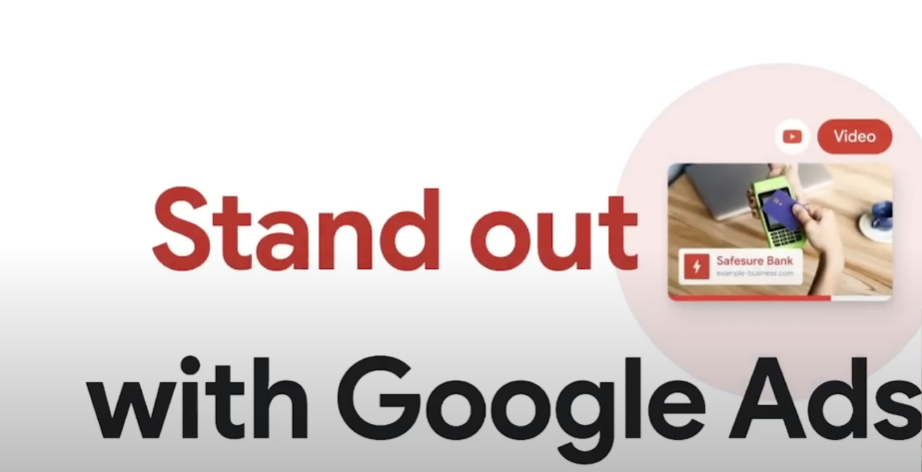Launching successful Google Ads campaigns doesn't require massive budgets—some of our most profitable accounts started with just $100 per month. While larger budgets provide flexibility, small budgets force strategic precision that often leads to better results. This guide reveals six proven strategies to maximize every dollar when working with constrained advertising budgets, drawing from our experience running thousands of campaigns across diverse industries.

Small Budget
Under $3,000/month
≈ $100/day or less
Tiny Budget
Under $600/month
≈ $20/day or less
Strategic Campaign Selection
When launching with limited funds, campaign focus becomes critical. While Google offers multiple campaign types—Search, Display, Shopping, Performance Max—spreading a small budget across multiple formats dilutes your ability to gather meaningful data. Our recommendation:
For Most Businesses: Start with Search campaigns. They offer direct intent targeting when users actively search for your products/services. The clear cause-and-effect relationship makes optimization easier with limited data.
For E-commerce: Consider Shopping campaigns if your product listings are optimized. While we typically recommend starting with Search, Shopping can work well for visual products with clear price advantages.
Performance Max Warning: While powerful for larger budgets, Performance Max campaigns require substantial conversion data to optimize effectively. Avoid them until you've established baseline performance with simpler campaign types.
Offer Concentration Strategy
Businesses typically offer multiple products/services, but budget constraints demand focus. Instead of spreading funds thinly across all offerings, concentrate on your single highest-performing product/service based on:
Historical Data: Analyze past campaigns to identify your best-converting offers with the highest return on ad spend (ROAS).
Customer Value: When lacking data, prioritize higher-ticket items where the acquisition cost represents a smaller percentage of customer lifetime value.
Geographic Precision
While national campaigns offer scale, geographic targeting allows small budgets to concentrate impact. For local service businesses, this might mean focusing on a single city or neighborhood. Even national brands can benefit from prioritizing top-performing regions when starting out.
Implementation Example: A UK gym chain might target just Oxford (10-mile radius) rather than the entire country. This allows:
– Tailored ad copy mentioning specific locations
– Higher relevance for local searchers
– Faster campaign optimization with concentrated data
The key is balancing tight targeting with adequate search volume—too narrow and you'll struggle for impressions; too broad and you'll spread your budget too thin.
Keyword Cost Management
Not all keywords cost the same. The Keyword Planner reveals dramatic bid variations—some keywords cost 2-3x more than similar terms. With small budgets, prioritize lower-cost keywords that still align with your offer:
Example Findings:
"Gardener near me" – £2.46 (top of page bid)
"Landscaping Company near me" – £4.55
"Weed treatment for lawn" – £1.02
Implementation Strategy:
1. Identify 10-15 lower-cost keywords
2. Ensure strong relevance to your offer
3. Monitor conversion quality closely
4. Gradually test higher-cost terms as budget allows
Quality Consideration: Lower-cost keywords often attract lower-value customers. Balance cost savings with conversion potential—a £1 keyword that never converts wastes more budget than a £3 keyword with strong conversions.
Ad Copy Qualification
With limited clicks to spend, pre-qualification in ad copy becomes essential. By signaling who your offer is (and isn't) for, you discourage unqualified clicks that waste budget. Effective qualification methods include:
Price Anchoring: "Starting from $500/month" deters price-sensitive prospects upfront
Geographic Specificity: "Serving West Oxford since 2015" filters non-local traffic
Demographic Signals: "Perfect for commercial properties" focuses on business clients
While this approach may lower click-through rates (CTR), it typically improves conversion rates and overall return on ad spend—critical metrics when every click counts.
Aggressive Optimization
Small budgets demand ruthless prioritization. Unlike larger campaigns that can wait for statistical significance, constrained budgets require quicker decisions:
This disciplined approach ensures your limited budget concentrates on the highest-performing elements, creating a foundation for future scaling.
Small budgets require big strategy—by implementing these focused approaches, you can build profitable campaigns that grow with your business. Remember, every dollar counts when resources are limited, but constraints often breed the most innovative solutions.
